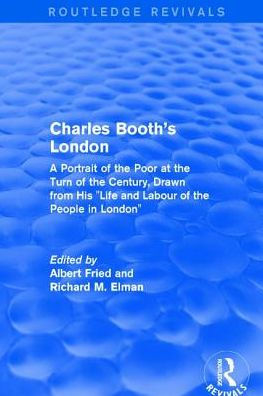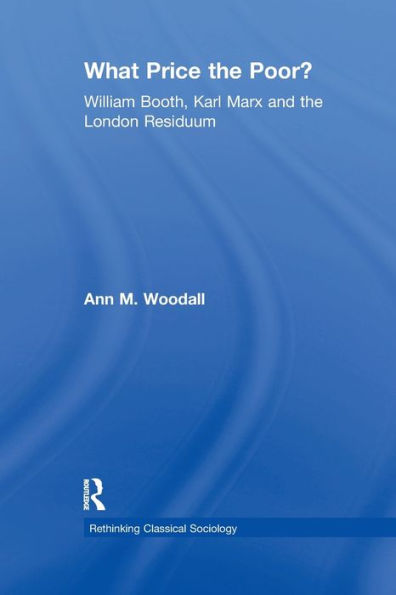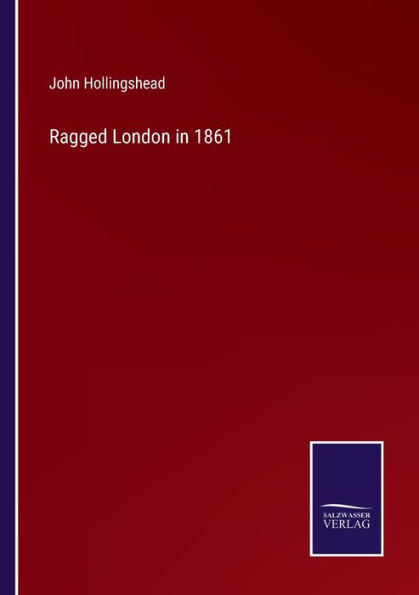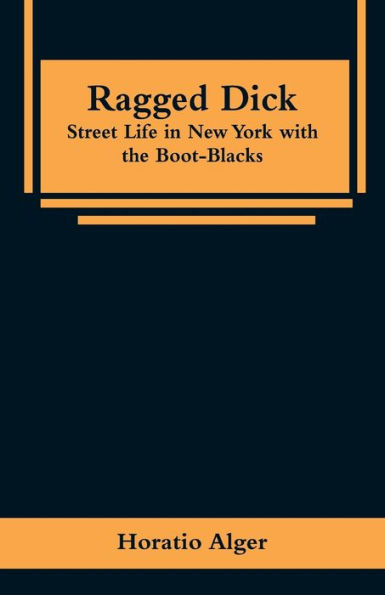Home
Routledge Revivals: Charles Booth's London (1969): A Portrait of the Poor at Turn Century, Drawn from His "Life and Labour People London"
Loading Inventory...
Barnes and Noble
Routledge Revivals: Charles Booth's London (1969): A Portrait of the Poor at Turn Century, Drawn from His "Life and Labour People London"
Current price: $190.00


Barnes and Noble
Routledge Revivals: Charles Booth's London (1969): A Portrait of the Poor at Turn Century, Drawn from His "Life and Labour People London"
Current price: $190.00
Loading Inventory...
Size: Hardcover
*Product Information may vary - to confirm product availability, pricing, and additional information please contact Barnes and Noble
First published in 1969, this book presents a one-volume anthology of Charles Booth’s
Life and Labour of the People in London
, the classic early study of the poor in the urban environment. The original text consists of a vast compendium of descriptions of families, homes, streets, conditions of work, cultural and religious practices, much of it illustrated with charts, maps and statistics — giving the public an idea of the dimensions and meaning of poverty. The editors have selected the extracts in this book for their vividness, readability and intrinsic interest, and their introduction conveys the context of 1880s London — relating Booth’s investigations to contemporary concerns.
Life and Labour of the People in London
, the classic early study of the poor in the urban environment. The original text consists of a vast compendium of descriptions of families, homes, streets, conditions of work, cultural and religious practices, much of it illustrated with charts, maps and statistics — giving the public an idea of the dimensions and meaning of poverty. The editors have selected the extracts in this book for their vividness, readability and intrinsic interest, and their introduction conveys the context of 1880s London — relating Booth’s investigations to contemporary concerns.












